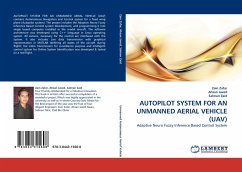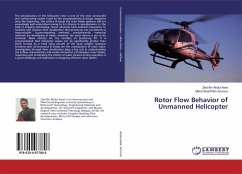
Rotor Flow Behavior of Unmanned Helicopter
Versandkostenfrei!
Versandfertig in 6-10 Tagen
41,99 €
inkl. MwSt.

PAYBACK Punkte
21 °P sammeln!
The aerodynamics of the helicopter rotor is one of the most convoluted and confounding matter faced by the aerodynamicists & design engineers since the beginning. The airflow through the rotor blade system is still not exceedingly well understood owing to its intricacy in aerodynamics. In the field of imaging technology, recent advances have enabled researchers to facilitate and conduct flow visualization that previously was considered as impracticable. Supercomputing methods, predominantly numerical methods are developing in haste; however, the exact decree is yet to be achieved. Wake vortice...
The aerodynamics of the helicopter rotor is one of the most convoluted and confounding matter faced by the aerodynamicists & design engineers since the beginning. The airflow through the rotor blade system is still not exceedingly well understood owing to its intricacy in aerodynamics. In the field of imaging technology, recent advances have enabled researchers to facilitate and conduct flow visualization that previously was considered as impracticable. Supercomputing methods, predominantly numerical methods are developing in haste; however, the exact decree is yet to be achieved. Wake vortices are the corollary of producing lift. It is prognosticated that helicopter wakes can be significantly greater than those formed by a fixed wing aircraft of the same weight. Nuisance incidents such as brownout & noises are the consequence of rotor wake. Investigation through flow visualization plays a key role in understanding the airflow characteristics and vortex interaction of helicopter rotor blades. Inspecting and scrutinizing the effects of wake vortices during operation is a great challenge and imperative in designing effective rotor system.



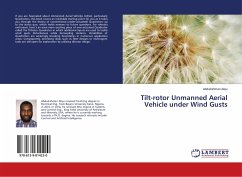
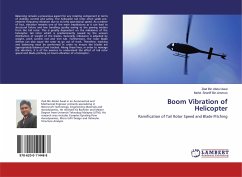
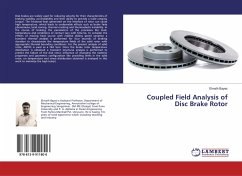
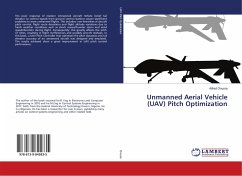

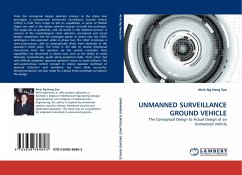
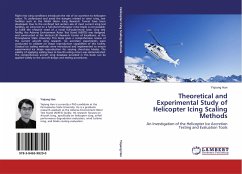
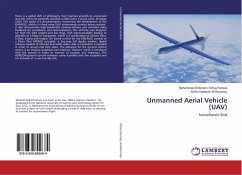
![Design of Midrange Unmanned Aerial Vehicle [Volume-1] Cover Design of Midrange Unmanned Aerial Vehicle [Volume-1]](https://bilder.buecher.de/produkte/42/42490/42490532n.jpg)
